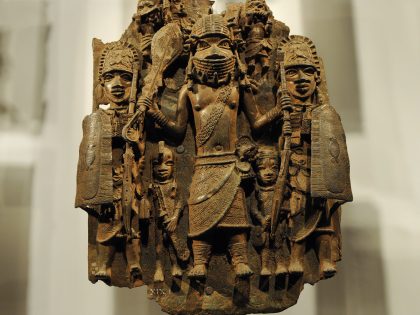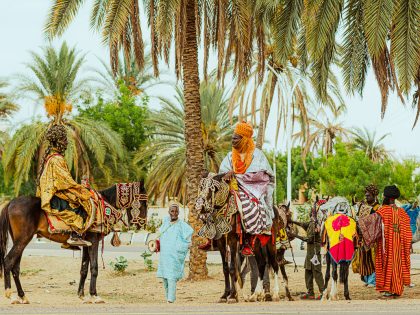The Dangers of a Single Book Cover
The historian Simon Stephens discovers a meme in the book covers of novels set in or with African themes.

The ubiquitous "acacia tree with sunset" in East Africa. It is also on the cover of most novels with African themes. (Credit: Niels Photography, via Flickr CC.)
The other day, Simon Stevens, a historian of the struggle against South African apartheid, posted a composite image of book covers of books with African themes. The conclusion that, shamefully, whoever you are, wherever you’re from, whatever kind of writing you do, if you write a novel “about Africa,” chances are you’re going to get the acacia tree treatment. And the orange sky. And that even everyone’s darling, Chimamanda Ngozi-Adichie, is not excused. As Stevens summarized: “Like so many (wildly varying) writers on Africa, Adichie gets the acacia tree sunset treatment …” So whether Wilbur Smith or Wole Soyinka, Rider Haggard or Bessie Head, apparently you get the same cover imagery.
That opened the floodgates of comments. As the Nigerian-based writer and researcher, Jeremy Weate, tweeted icily: “Funny that. Nigeria is not known for its acacia trees.”
The journalist Edna Mohamed wrote on Africa Is a Country Facebook page: “I hope one day we can finally upgrade to baobab trees or something.”
In short, the covers of most novels “about Africa” seem to have been designed by someone whose principal idea of the continent comes from The Lion King.
Another reader, Alice Kewellhampton, added that when it comes to Chimamanda Adichie, she also gets a special meme for her UK editions, the “soulful-black-woman-with-colourful-smudges” look.
Three years ago, Tom Devriendt pointed out a similar issue in a post here on Africa Is a Country. Then he noticed the cover similarities between Aminatta Forna’s novel The Memory of Love and 2008 Commonwealth Prize winner Lawrence Hill’s novel as The Book of Negroes (which had it own troubles). For good measure, and to confuse you more, the French version of Hill’s book used the same image and was titled Aminata.

But fiction “about Africa” is not alone in getting this sort of treatment. M. Lynx Qualey, over at ArabLit pointed out the obsession with veils on the covers of books set in the Arab world, in a great post “Translating for Bigots.” She quotes Adam Talib, and we’ll give him the last word too: “Publishers can sometimes package books for bigots.”



















